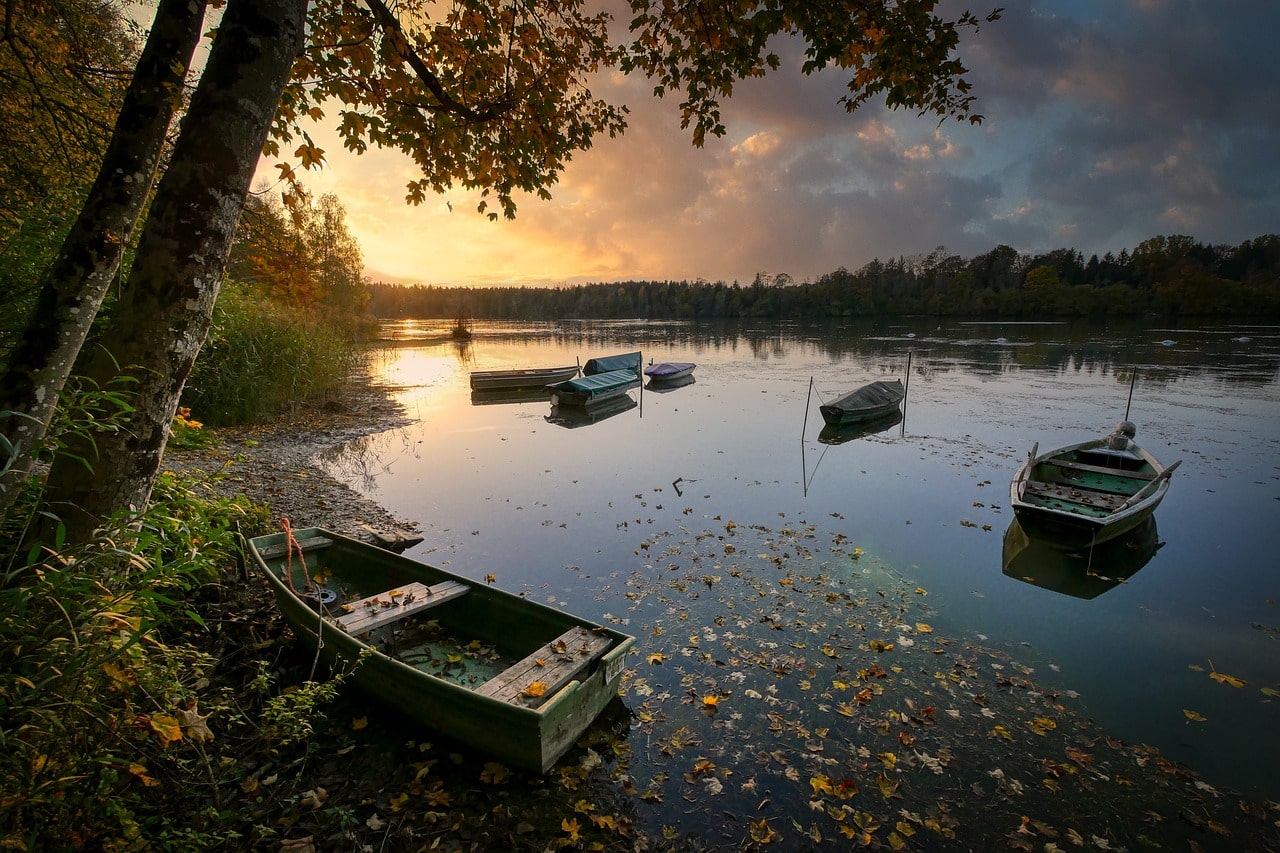Pitt Lake, situated on the Lower Mainland of British Columbia, is the second largest lake with an area of roughly 53.5 square kilometers. This impressive body of water is about 25 kilometers long and 4.5 kilometers wide at its widest point. Uniquely, Pitt Lake is one of the world’s relatively few tidal lakes, experiencing an average tide range of about three feet. This tidal fluctuation separates the lake from sea level and tidal waters for most of the day during the 15-foot tide cycle of the Pitt River and the Strait of Georgia estuary immediately downstream. The southern tip, About 20 kilometers upstream from the Pitt River’s confluence with the Fraser River and 40 kilometers east of Downtown Vancouver, is Pitt Lake’s southernmost point.
Pitt Lake is inside a U-shaped glacial basin in the Pacific Ranges of the Coast Mountains. This valley was formed by the over-deepening of the lower end during the Wisconsin glaciation, creating a trough over 140 meters below the current sea level. Following the initial glacial retreat around 13,000 years ago, a saltwater fjord occupied this basin when relative sea levels were significantly higher. Over time, sedimentation from the Fraser River gradually cut off this fjord from tidal waters, transforming Pitt Lake into a tidal fjord lake.
The lake is part of a series of north-south-oriented fjord lakes that carve into the southern slopes of the Pacific Ranges. These lakes include Harrison Lake, Coquitlam Lake, Alouette Lake, Stave Lake, and Chehalis Lake. The Pitt River drains into the northern end of Pitt Lake, while Pinecone Burke Provincial Park protects the western shore. The eastern shore is within Golden Ears Provincial Park. At the southern end lies the extensive marshland known as Pitt Polder, a critical habitat for migratory birds.
The community of Pitt Meadows and the Katzie First Nations reserve, Pitt Lake Indian Reserve 4, are located at the lake’s southern end. To the southwest, across the Pitt River from Pitt Meadows, is the community of Port Coquitlam. At the northern end of the lake is a locality named Alvin, which serves as a transport and shipping point for logging companies and their employees.
Pitt Lake’s climate is oceanic (Köppen climatic type Cfb), with comparatively warm, dry summers and cool, rainy winters. An average of 2,155.4 mm of precipitation falls on the area each year. The recorded temperature extremes range from a low of -23.3°C on January 23, 1969, to a high of 37.0°C on July 21, 2006.
Recreational Activities
Boating and Fishing: The lake’s vast expanse makes it suitable for boating and fishing, with opportunities to catch various local fish species.
Hiking and Wildlife Viewing: The surrounding provincial parks offer numerous trails and opportunities to observe wildlife in their natural habitats.
Bird Watching: The protected marshlands at the lake’s southern end are particularly important for bird watchers, especially during migratory seasons.
Pitt Lake is a unique and stunning natural feature of British Columbia, offering a mix of recreational activities and natural beauty. Its tidal nature and location within a glacial valley make it a fascinating destination for locals and visitors. Pitt Lake offers many outdoor activities to suit all interests, including fishing, boating, hiking, and wildlife observation.

